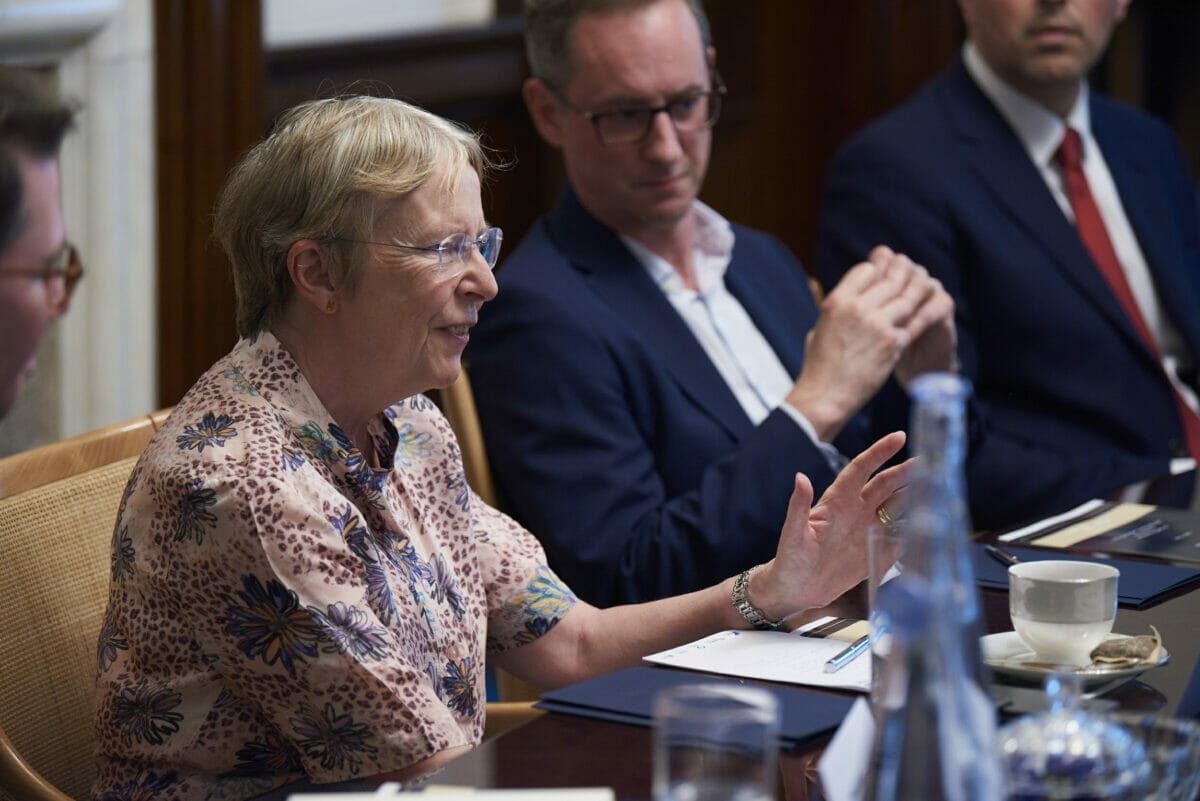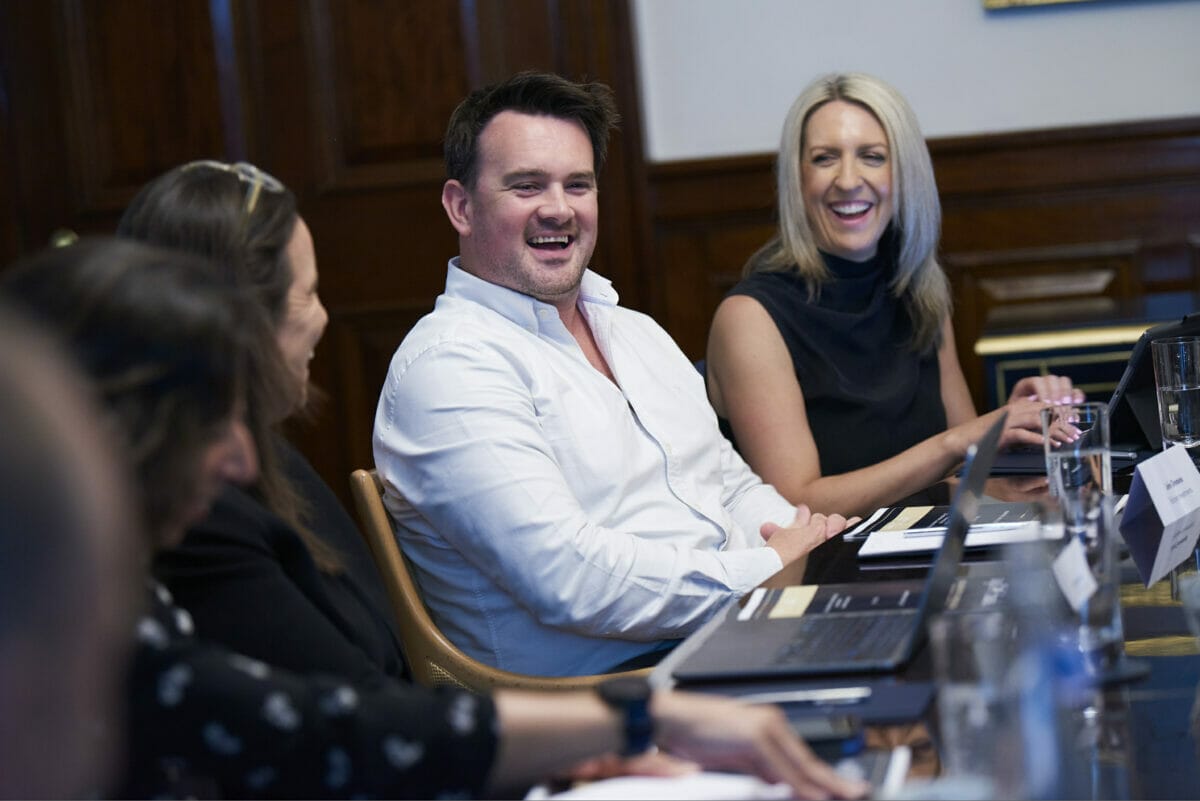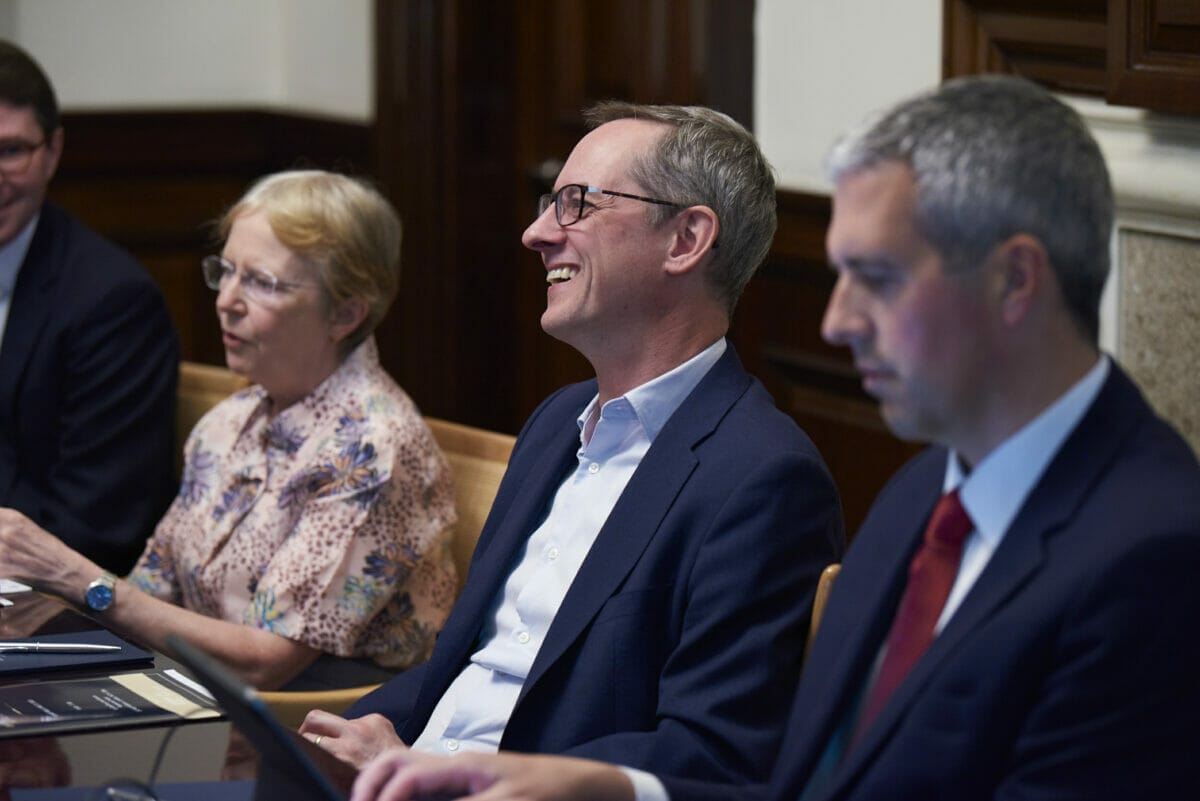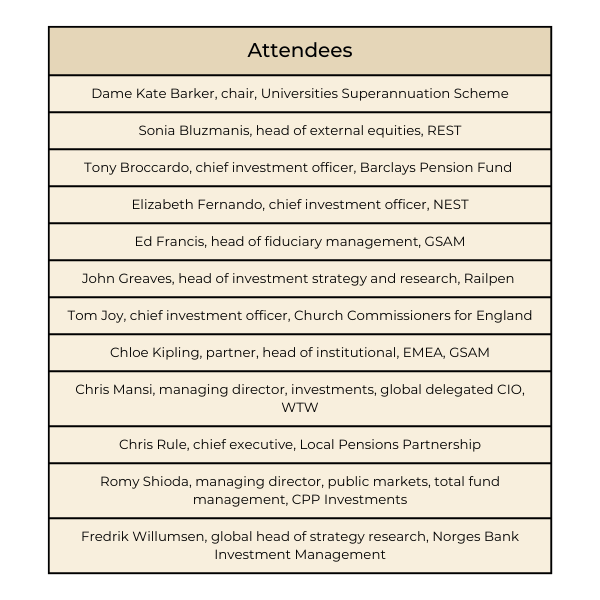MN, the €175 billion ($190 billion) Dutch fiduciary manager for pension funds and insurers including the large metal schemes PME and PMT, as well as the pension fund for the Netherland’s merchant navy, is preparing to invest in private corporate debt.
The fixed income portfolio currently accounts for around 60-70 per cent of MN’s total assets under management. It already comprises allocations to sovereign debt (the lion’s share since client funds’ matching portfolios are typically bigger than their return seeking allocations) Dutch mortgages, high yield bonds, bank loans, infrastructure credit and emerging market debt and will shortly include a new mandate to corporate debt, explains Markus Schaen, a senior manager at MN in the fixed income team.
MN’s pension fund clients’ demand for the new allocation – which will comprise three or four new managers over time – derives from a combination of factors and has been two to three years in the making. On one hand, it is a natural extension of a Dutch focused, pre-existing allocation to private corporate debt. This allocation dates from the GFC when Dutch companies were hunting for finance, recalls Schaen.
On the other it is born out of a deliberate ambition to have more diversification in fixed income as their allocation to the asset class has grown.
“Our clients have got more comfortable with illiquid investment,” he says. “They started with infrastructure debt which has also allowed them to incorporate impact into their investments. In the private corporate debt strategy, they want access to companies that they can’t easily find in the public bond portfolio; are too small to come out with a bond or do not have an official rating. They also want to help companies that are struggling to access finance because banks are concentrating on bigger corporates and want to invest structurally in the local economy.”
Alongside the illiquidity premium and impact potential, Schaen traces demand for the allocation to the fact it has a low correlation with other markets and comes with lower transaction costs because it involves long-term, 10 to 15-year investments.
The new allocation will comprise investment grade corporate debt via private placements and bank co-financing and high yield debt via senior loans. Client funds aren’t particularly looking for direct lending exposure, despite the higher returns.
“Our clients have set moderate risk/return targets for private corporate debt and want to have very low probabilities of defaults in their portfolios.”
He is mindful of a few key challenges ahead.
Sourcing is an important factor to watch and means it may take time to build up the allocation. More so in today’s competitive environment which is impacting the spreads available for investors, creating tighter pricing and seeing covenants and documentation spring up.
“It’s something we’ve noticed particularly in renewables,” he explains. “It’s getting to a point where the return is not a good reflection of the risk, and investors are not being adequately compensated.”
He is also aware that changing the composition of the allocation down the line will be difficult – yet MN’s clients’ appetite for ESG exclusions that will force a change in portfolio composition seems to be rising.
“Various sectors are now getting excluded. For example, one of our clients has sold off all their fossil fuel investments,” he says, referencing PME’s 2021 decision to divest all fossil fuels. “Compared to liquid strategies, it will take more time and it is more costly to sell off a sector in an illiquid asset class.”
portfolio impacts of esg
He also points out that ESG exclusions will make the portfolio more concentrated, with a lower number of positions thereby increasing risk.
It leads him to reflect on how ESG is becoming increasingly important across the fixed income allocation. For example, MN recently incorporated MSCI ESG ratings into its custom benchmarks for several strategies so that companies with lower ratings than its threshold won’t make the benchmark. And he notices some investors are poised to go one step further.
In the past, ESG integration was primarily focused on exclusion of sectors and companies, and engagement. Today, he believes the market is evolving whereby more investors only want to invest in “the best” companies. He believes this cohort are increasingly looking at how to build portfolios from ground zero, adding the most sustainable and transition-proof companies one at a time as opposed to starting with an index and benchmark, and knocking out polluters via an exclusion policy.
“More investors are starting to think about hand picking the companies they want to invest in.”
This approach may bring hands-on control for the Netherlands’ ESG-conscious pension funds, but he reminds it also comes with the risks inherent with investing in a small universe and that with every exclusion the remaining eligible positions in the benchmark will get bigger.
In another observation he notes that client funds’ focus on ESG often results in a disconnect with external managers. Another part of his role includes monitoring European and US external managers (he works with around 30 external fixed income managers on behalf of client funds) who he says sometimes fail to grasp that for some pension funds, ESG integration and impact is more important than out-performance.
“Of course, client funds are looking for decent returns, but sometimes this is not the most important thing, especially if they have ESG considerations. A growing number of funds are comfortable with passive, benchmark-like returns if it is accompanied with ESG integration.”
They don’t want any negative headlines around their investments, and they want transparency around how their asset managers are paid, he continues. “We sometimes see a disconnect between traditional asset managers who continue to strive for financial return only, yet this isn’t what many client funds actually want.”
Schaen, who typically meets with external managers twice a year, concludes with a nod to his pet manager peeve that can also create a disconnet: personnel changes in the management team without any warning.
“It still surprises me. Some organizations are straightforward and inform us if there is a change in personnel, but others don’t mention it and we find out ourselves. We understand people move on, but not telling us is worse.” As well as being put on watch, these managers can also expect key questions to follow around how they will ensure the rest of their team don’t leave, and inquiries into their culture and team.
Does he think succession planning is a problem in the asset management industry? “I would say only a few of our managers are very good at succession planning,” he concludes.



